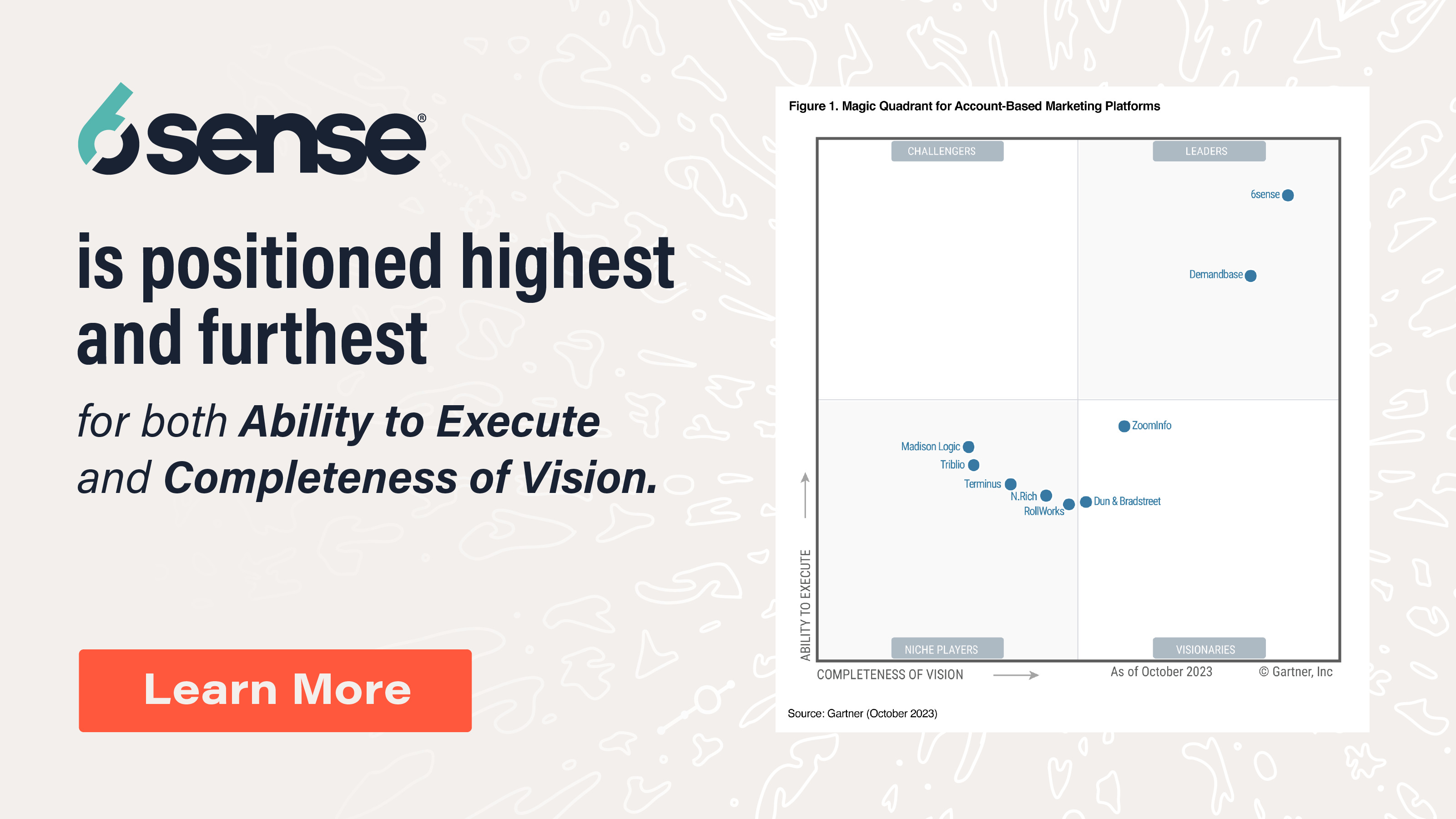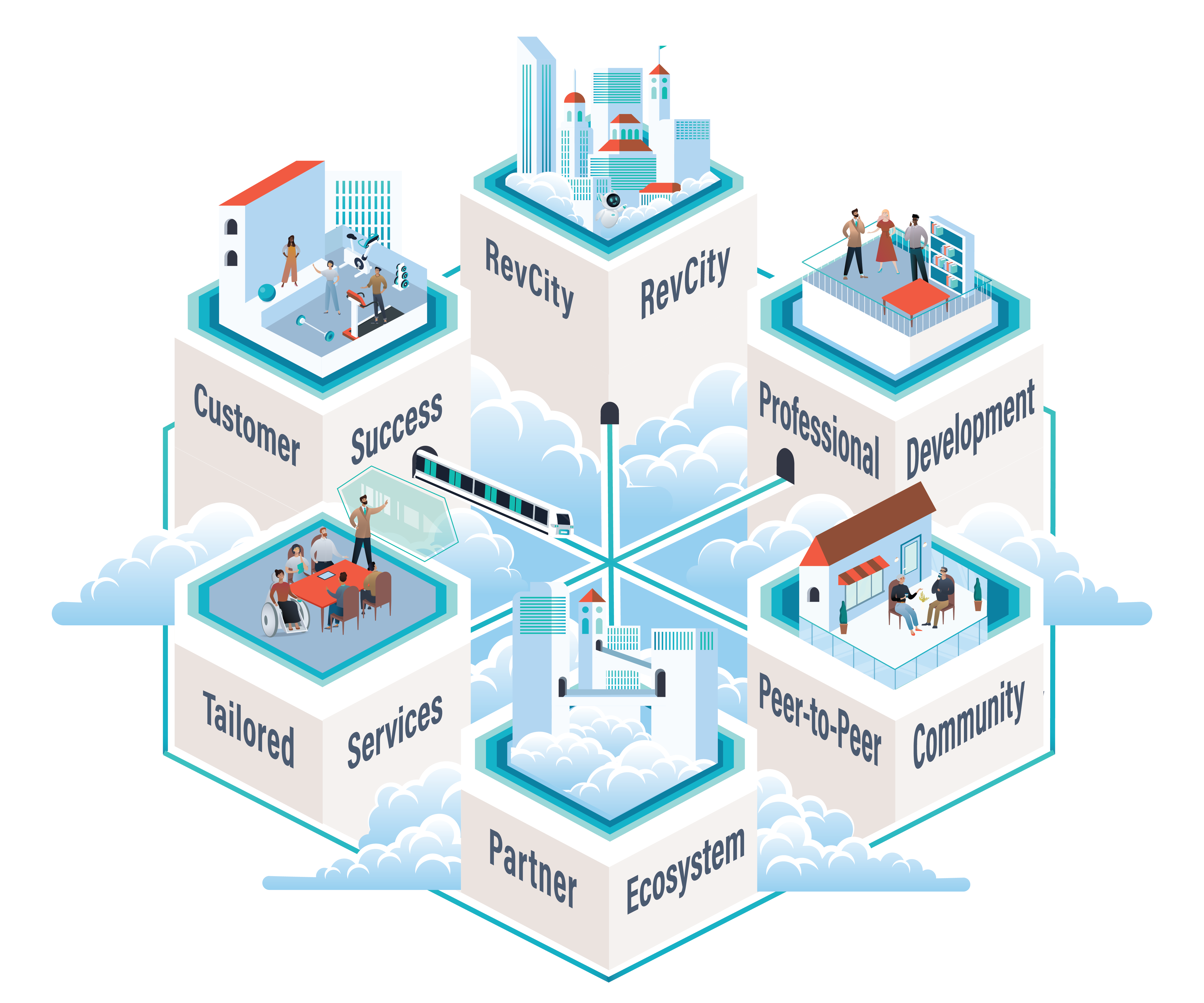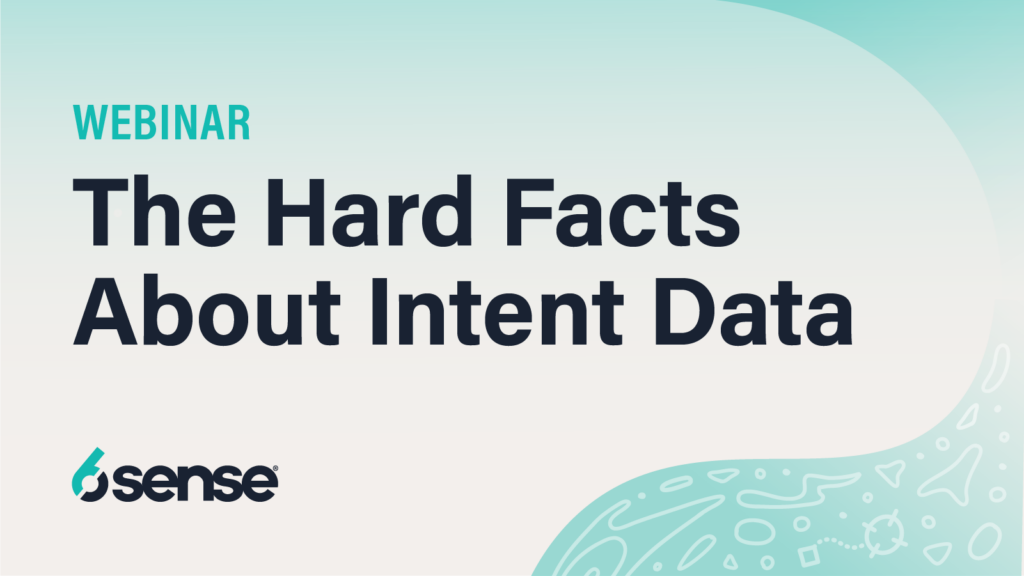Purchase intent is the measure of how much interest a buyer is showing in your products or services.
Spotting prospects with high purchase intent unlocks stronger ROI by letting you focus on the best revenue opportunities throughout your entire GTM strategy.
Let’s take a look at some definitions surrounding purchase intent and the factors that go into determining purchase intent.
What is High Purchase Intent?
High purchase intent is when a prospect is more likely to buy from you. You can infer purchase intent by looking at different types of behavior like website visits, media consumption, events, form completions, and more. High purchase intent customers typically close deals faster and generate more revenue.
How to Measure Purchase Intent
To measure purchase intent, you need to analyze the activities a prospect is performing and establish a correlation between specific activities and desired outcomes. This is where purchase intent scoring comes in. It’s a complex process best handled by technology that tracks buyer signals and uncovers trends.
Here are some important signals that can inform purchase intent analysis.
Technographics
Technographics reveal the technology an account uses in their business operations. If a prospect is currently using products similar to yours, or has used them in the past, or uses products that supplement or integrate with yours, they could be a good fit for your company.
Topic and Keyword Intent
Topic and keyword intent is another signal you should look out for. This involves a semantic analysis of what companies are researching and responding to online. This helps you find out what kind of pain points they’re having.
Firmographics
Firmographics includes data like number of employees, locations, revenue, and industry. Firmographics can help you find out if a company is financially secure, if it’s expanding, and if it’s open to exploring solutions.
Psychographics
Psychographics reveal the subjects your buyers are most interested in. This can help you figure out who exactly to target, what their interests are, how much decision-making power they have, and more.
Conclusion
It’s important to understand all the signals that can help you identify high purchase intent buyers. With the right software and a bit of digging, you can start to identify those high purchase intent buyers to help close deals faster and generate more revenue.






